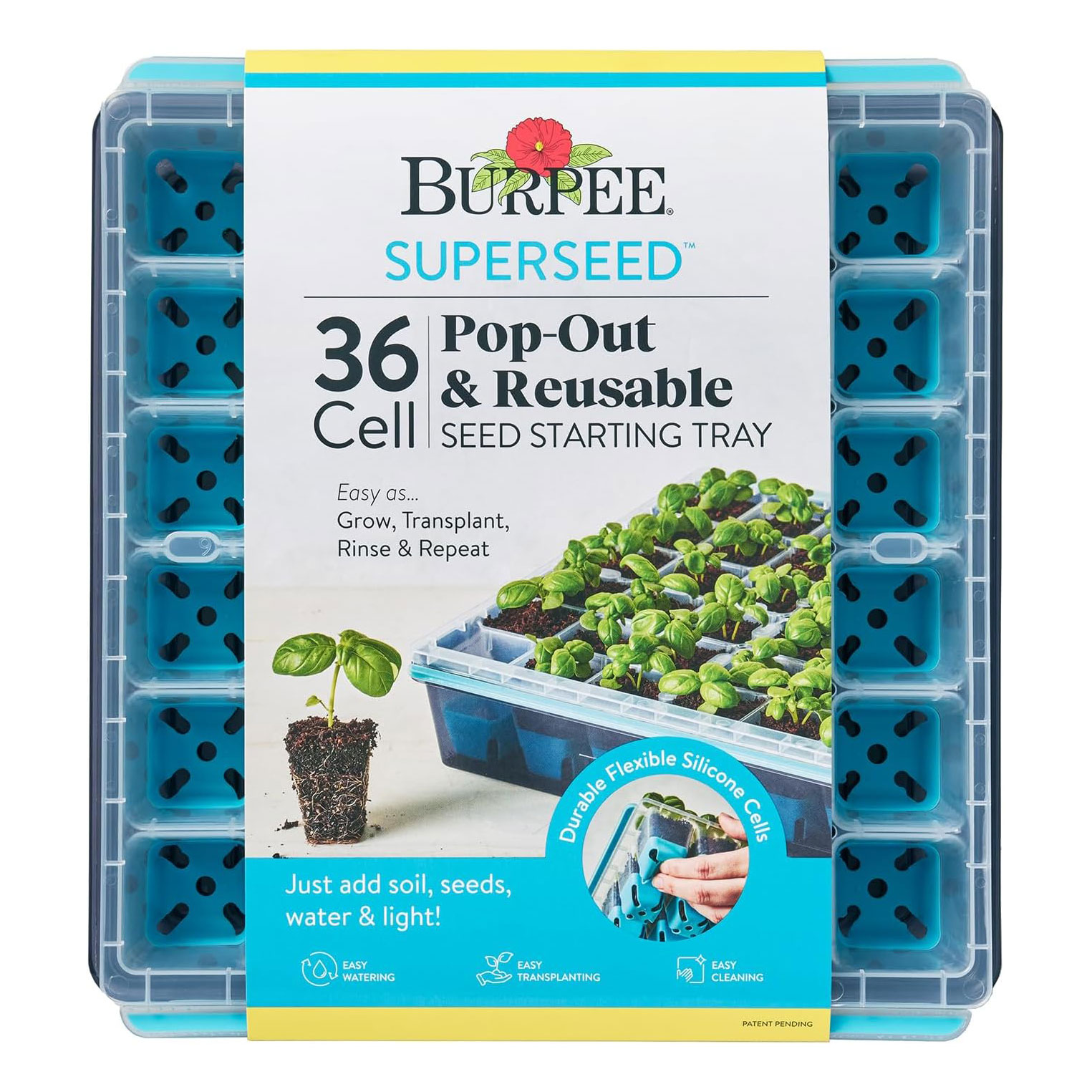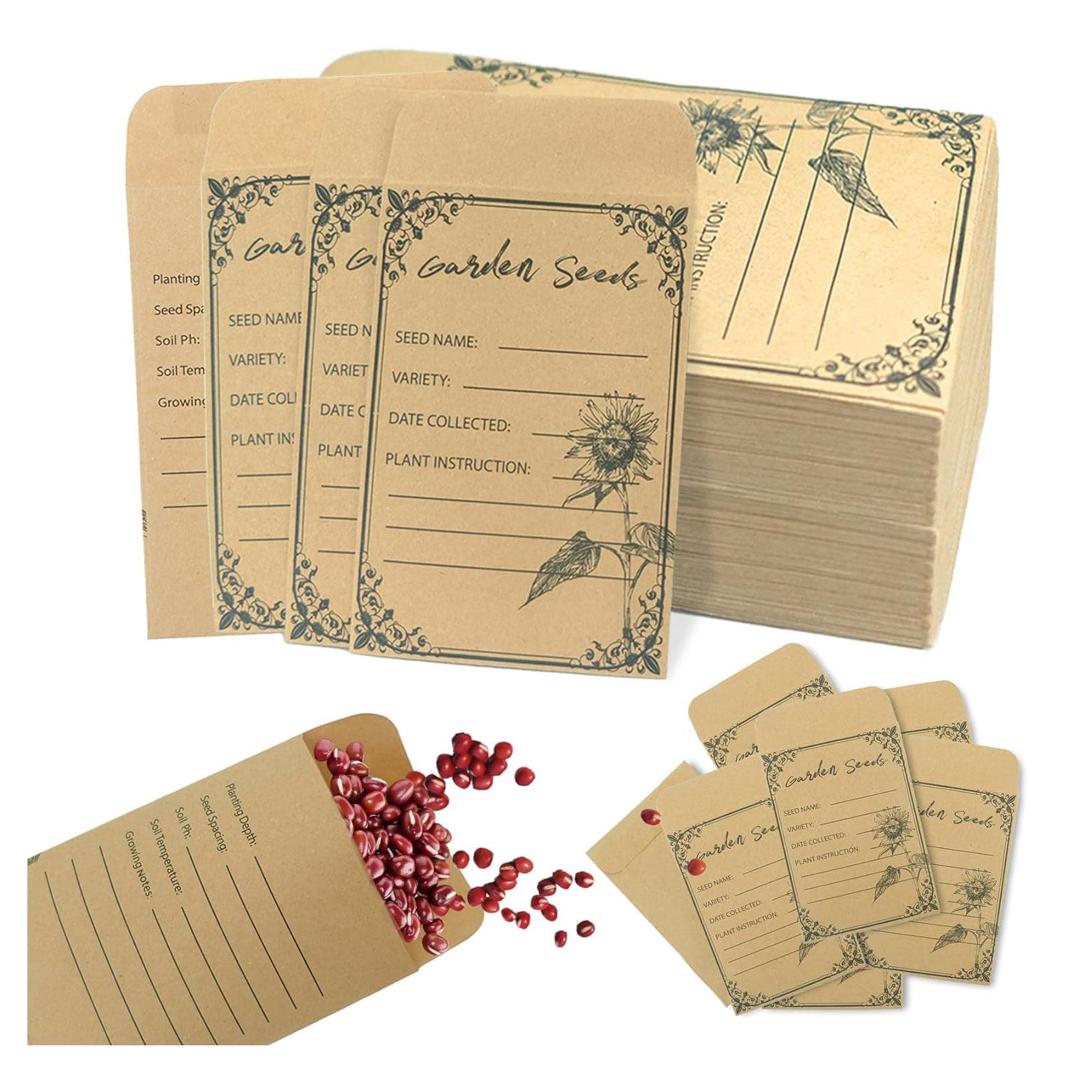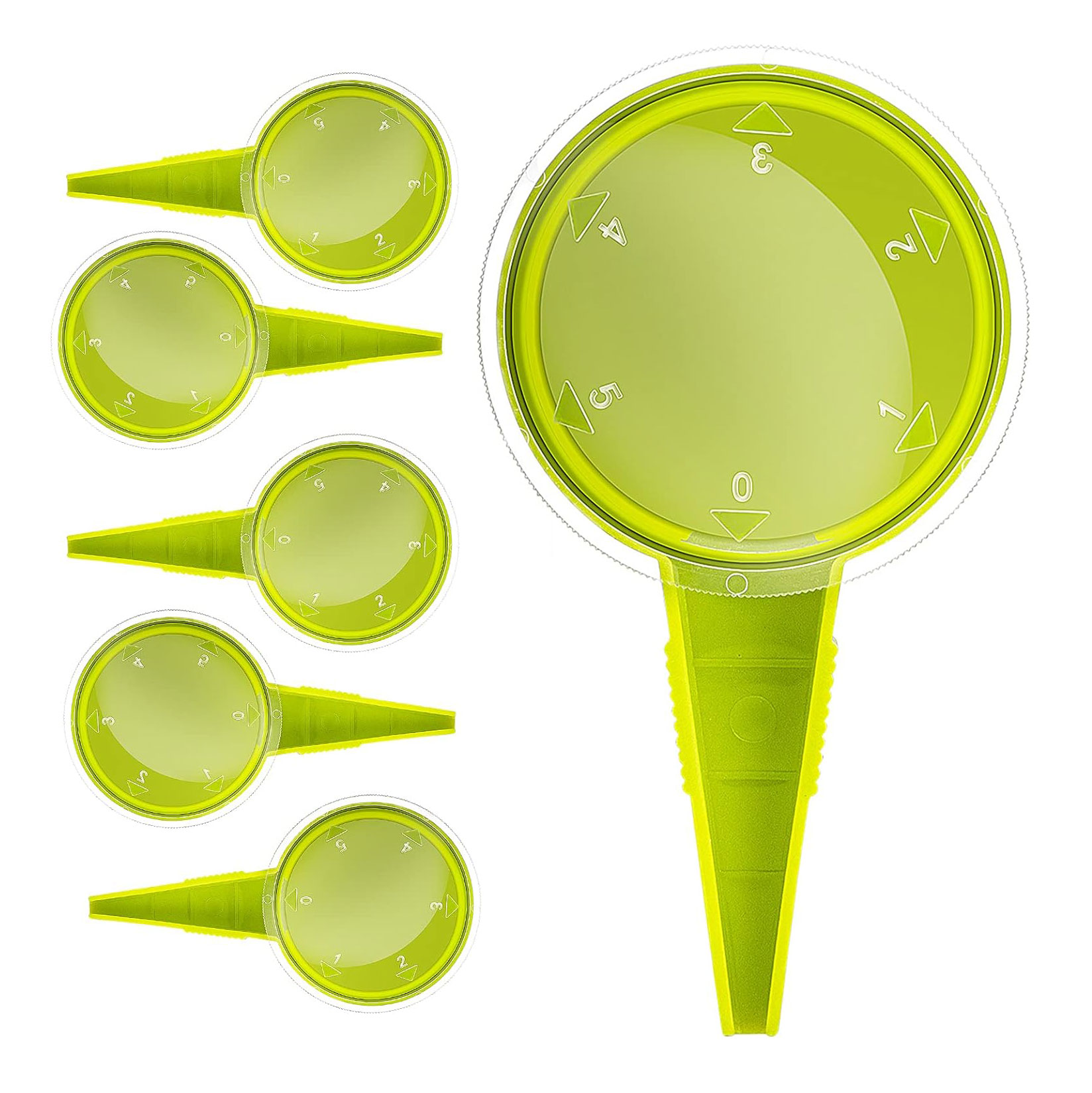5 plants you should never deadhead – experts say it's more beneficial to leave these fading flowers alone
There are a few reasons why you might not want to remove spent blooms straight away
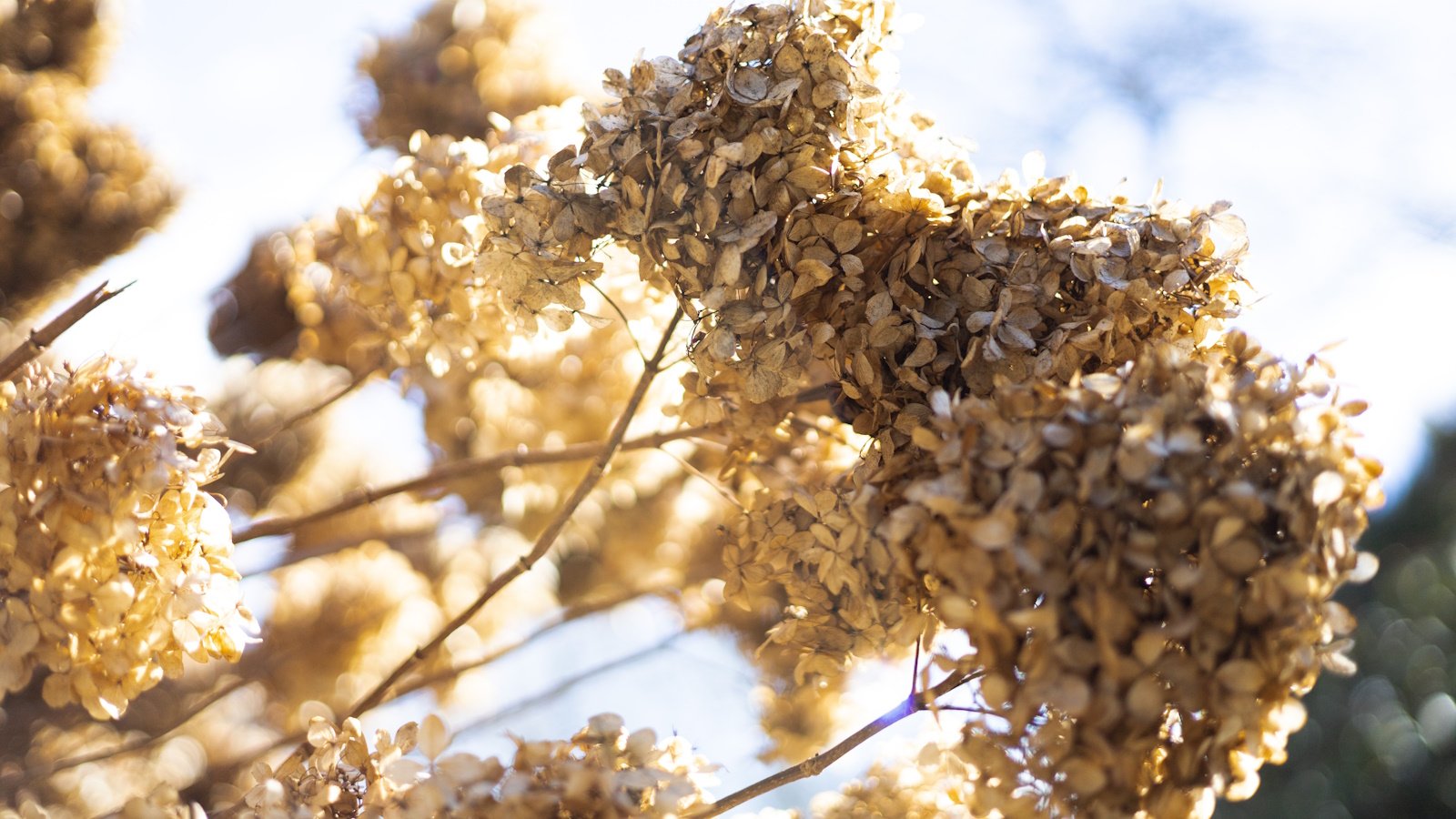

There's no denying that deadheading is an important task for gardeners, especially if you want to encourage further growth and new blooms. But it isn't always necessary to deadhead every fading flower in your yard. In fact, experts say that leaving some fading flowers can be better for your garden - both aesthetically and for further growth.
Getting rid of absolutely everything is actually considered a deadheading mistake, as you could be limiting the growth in your garden. Likewise, removing fading flowers before they go to seed prevents you from taking advantage of seed heads for ornamental fall and winter interest or for collecting seeds.
This doesn't mean you shouldn't deadhead fading flowers, of course, but there are just some plants you should consider leaving alone. We've compiled an expert list of the plants you shouldn't deadhead so you can get more out of them after blooming.
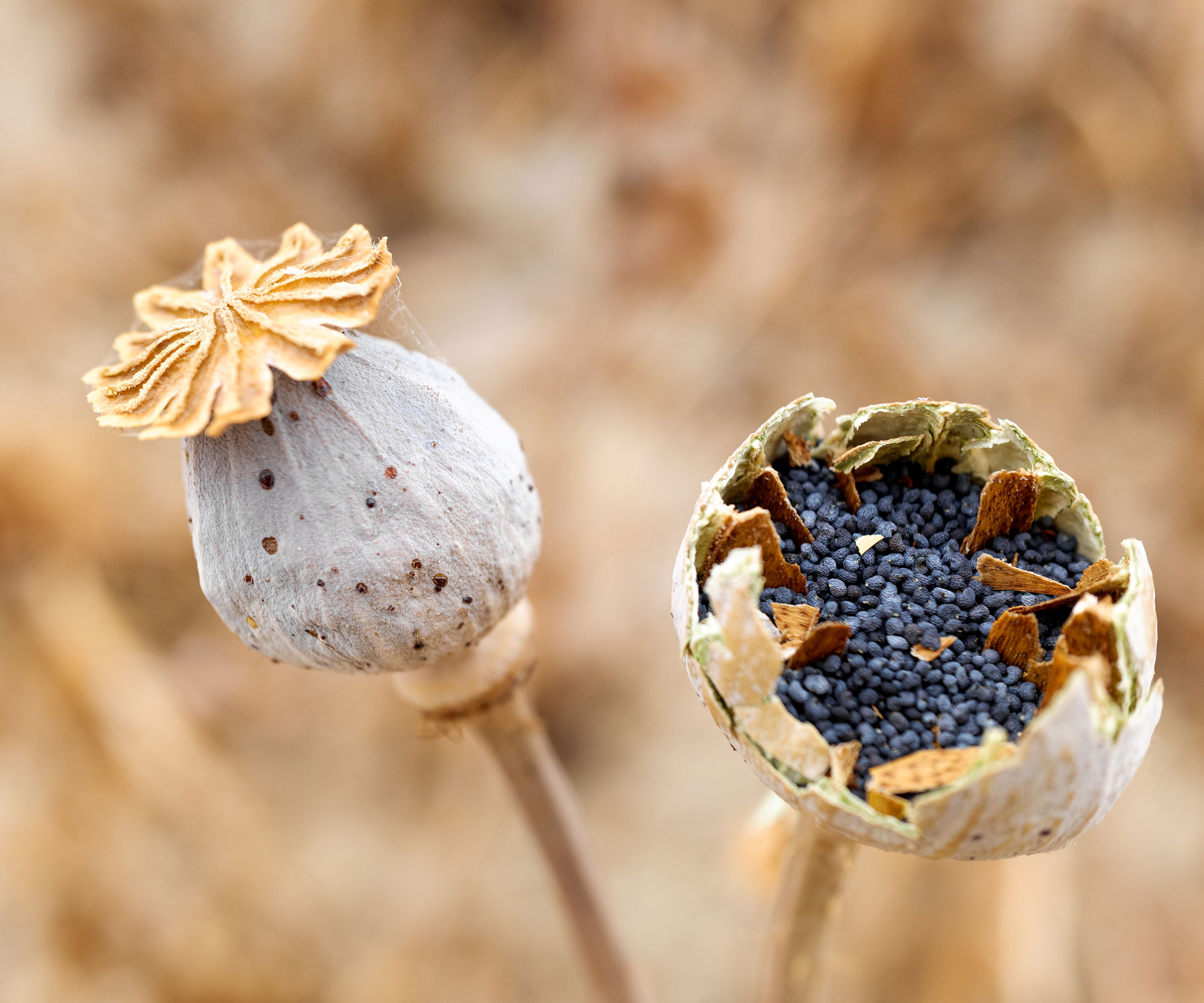
5 plants you shouldn't deadhead
Whether you're looking for the plants with the most ornamental seed heads or want to discover the best self-seeding flowers, knowing which plants to not deadhead is a great place to start. Here's a list of 5 plants experts say you shouldn't deadhead and how they can offer more in your yard beyond their blooming season.
1. Hydrangeas
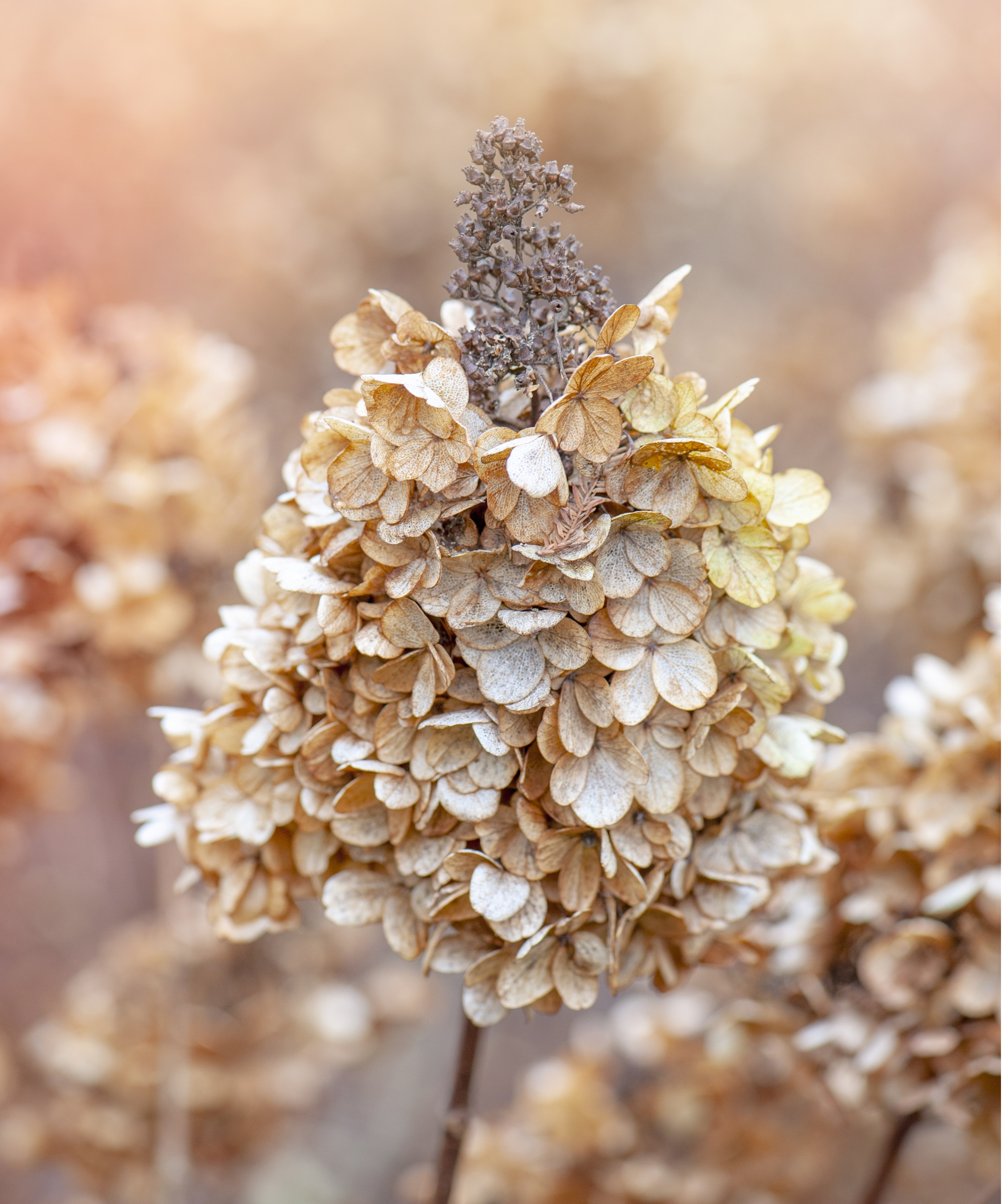
A mid-late summer flowering favorite, hydrangeas are loved for their spherical showy blooms and are a classic cottage garden plant. While many hydrangea varieties have evergreen foliage, the blooms tend to fade away during fall. But experts say to put away the pruning shears and enjoy these plants even when their petals start to discolor.
'Towards the end of the summer, as blooms begin to fade and brown, gardeners might be tempted to trim spent flowers in the hope that more will develop. In my experience, this is not the case,' says Thom Rutter, former professional gardener and content editor at Homes & Gardens.
'Deadheading hydrangeas will not produce new blooms, and it is preferable to enjoy these blooms as they begin to brown and wilt. There is something sculptural about these large flowers, and it is a shame not to enjoy them,' he adds.
Although, it will all depend on the variety of hydrangea you are growing as to whether you should cut back hydrangeas in the fall.
'Pruning in the fall is the right idea for gardeners who grow panicle hydrangeas or smooth hydrangeas - including these Hydrangea arborescens 'Annabelle', starter plants are available from Walmart,' says Thom. 'For old wood hydrangeas, that is hydrangeas that produce blooms on the previous year's growth, it is best to snip the spent blooms in the following spring, as these can help to protect developing buds during the winter,' he adds.

Thom is a Content Editor within the Gardens Team at Homes and Gardens. He has been working as a gardener and garden writer for several years. Whilst completing his Horticultural Traineeship at the Garden Museum, London, he was able to gain experience at many of the UK's world-famous gardens, including Sissinghurst, Lowther Castle, and Iford Manor. Following this, he worked for two private estates in Tuscany, Italy.
2. Nigella

One of the fastest-growing annuals and a beautiful addition to summer flower beds, nigella is actually among the best edible seeds and deadheading them too early could lead you to missing out.
'Also known as love-in-a-mist, nigella is a reseeding annual that needs to be allowed to mature enough seed to continue the next generation,' says Dr. Mike Arnold, professor of landscape and horticulture at the Texas A&M Department of Horticultural Sciences. 'Just keep in mind that species that readily reseed can also potentially become weedy on favorable site,' he adds.
Like other self-seeders, nigella will replant itself with birds and the wind spreading seeds. Besides this, nigella seed heads also offer sculptural beauty for fall and winter, with rounded heads and wispy shoots surrounding them.
If you haven't already got nigella in your garden but want to enjoy their seed heads at the end of the season, plant these nigella seeds from Walmart in spring.

Mike has been with the Texas A&M Department of Horticultural Sciences as a professor of landscape horticulture and in other capacities since 2012 and 1993, respectively. Mike earned a B.S. in business administration, a B.S. in agriculture (horticulture major) and an M.S. in Landscape Horticulture at The Ohio State University. Then, he received a Ph.D. in horticultural sciences from North Carolina State University.
3. Honesty
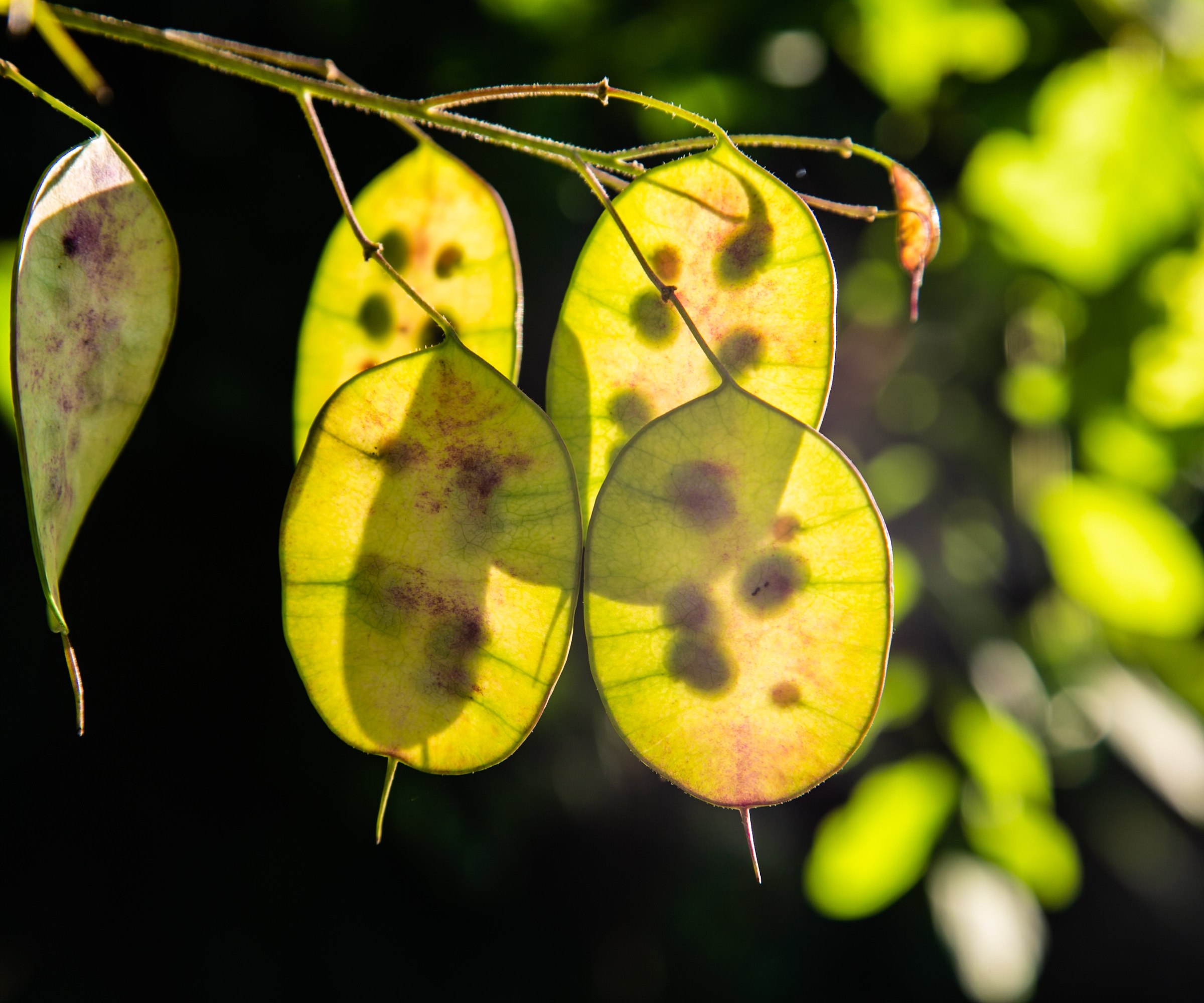
If you've chosen this biennial to sow in summer, you'll be pleased to know that it offers beauty long after its flowers have faded. Honesty, or Lunaria annua, is a plant loved for its unique, flat seed pods that capture fall sunlight perfectly.
'If I could caution against deadheading any flower, it would be honesty,' says Thom. 'Dark brown seeds are encased in delicate, papery seed pods, which develop from the latter part of summer.
'While I love honesty blooms in a garden border, these seed pods steal the show, and look particularly special when used in dried flower decorations,' he adds.
Enjoying honesty during the summer is easy for gardeners with a sunny yard and moist, fertile and well-draining soil. 'If you have a shady yard, fear not, I have grown honesty in a woodland border when working as a gardener in Wales, and this biennial grew just fine, producing plenty of colorful blooms,' Thom notes.
Grow honesty at home with these honesty seeds from Amazon.
4. Miscanthus sinensis
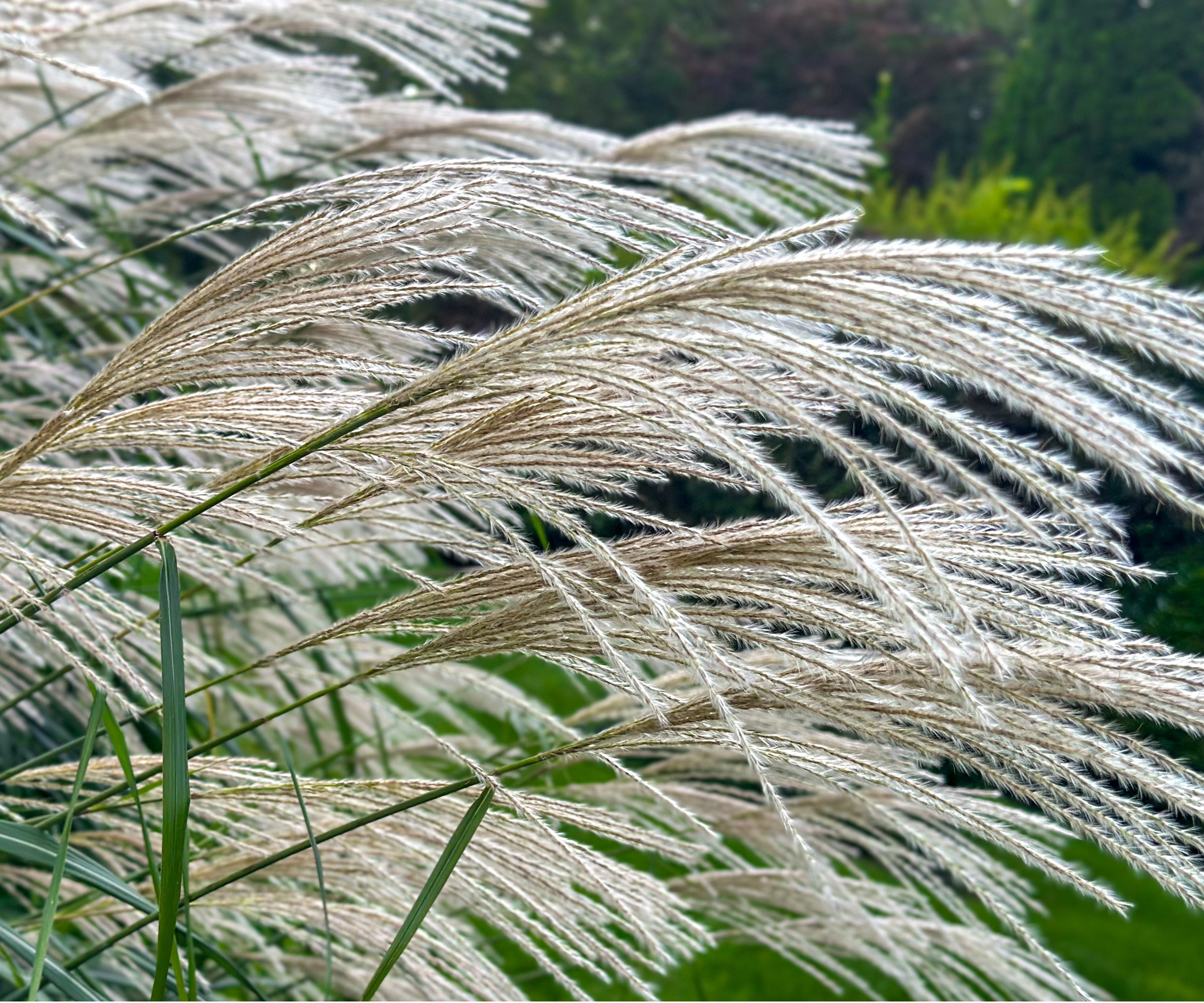
It isn't just classic flowers that can offer beauty beyond blooming time, as many flowering ornamental grasses offer year-round interest if you don't deadhead them.
'Some plants produce intriguing seed heads that can extend the season of interest in the plant beyond flowering. A good example is Chinese silver grass (Miscanthus sinensis),' says Mike.
There are so many miscanthus varieties to choose from for a grass that offers soft plumes for interesting texture in your yard. Miscanthus sinensis is one that typically shows off its creamy flowers from all the way from summer to January. Towards the end of blooming, its flowers will turn a silver color - perfect for a winter landscape.
It's a good idea to cut back miscanthus fairly hard in early spring to give it a boost of health and encourage further growth as the next season comes up. But don't act too quickly, as its fading flowers can add value to a winter garden.
You can also collect seeds to grow more miscanthus, or use these Miscanthus sinensis seeds from Amazon.
5. Camellias
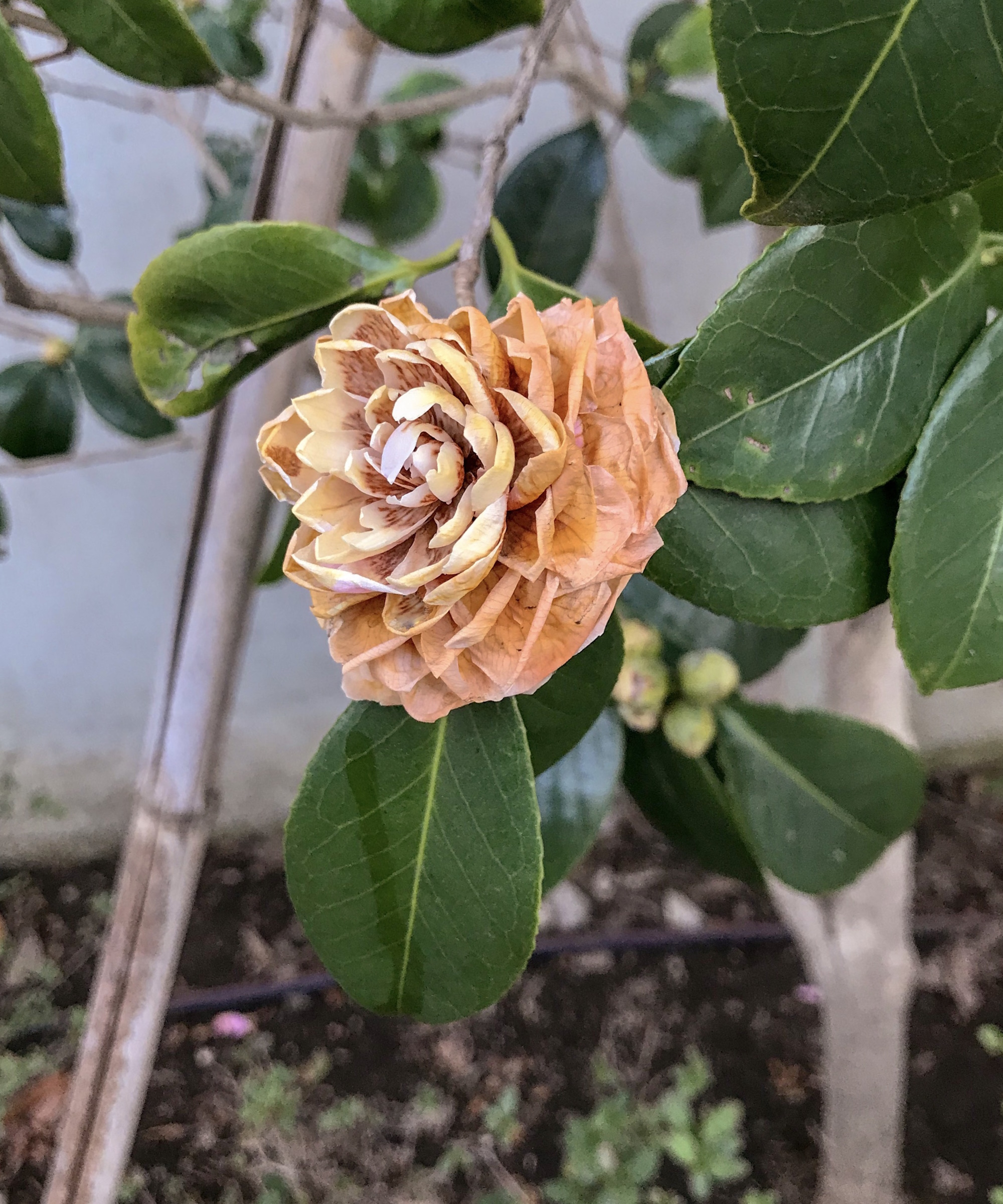
Another reason why you might not need to deadhead a plant is that it does it for you - the popular blooms of camellias are one of these special plants.
'They're self-cleaning as the spent flowers just drop off and don't need deadheading,' says Annette Hird, expert gardener at Easy Urban Gardens.
After blooming from late fall to mid-spring, the pink, yellow and white blooms of different types of camellias will shrivel and wilt until they drop off, saving you a task.
If you want to keep your camellias blooming for longer before their flowers become spent, try fertilizing camellias. It's also important to prune camellias correctly to keep it in healthy condition, even if it doesn't need deadheading.
Find a dazzling camellia plant for your yard online, like this Debutante Camellia from Nature Hills.

Annette Hird has an Associate Diploma in Horticulture and is an urban gardening expert. She has worked as a professional propagator and managed, maintained and improved many urban and rural gardens. She also enjoys growing her own fruit, vegetables, herbs and flowers as well as many different types of ornamental plants.
FAQs
Will flowers still grow back if you don't deadhead them?
Deadheading is the process of pruning away faded blooms on flowering plants to prepare them for growth of new blooms. While there are a few reasons why you may not choose to deadhead all of your plants, e.g. to make use of interesting seed heads, a lack of deadheading could slow down new growth in your garden. This is because the plant will still be directing energy towards the faded plant matter, whereas removing faded flowers will allow that energy to be used for new growth and returning blooms. So, yes - flowers will return even if you don't deadhead spent blooms, but it may take a longer time for new flowers to appear than if you remove faded blooms.
Sculptural interest, self-seeding and self-cleaning are all reasons why you might choose to not deadhead your plants. At the same time, it's important to still meet deadheading requirements to keep your garden growing and thriving.
If you want to make the most of your plants after blooming, discover the best plants for seed heads to add to your garden.
Sign up to the Homes & Gardens newsletter
Design expertise in your inbox – from inspiring decorating ideas and beautiful celebrity homes to practical gardening advice and shopping round-ups.

Tenielle is a Gardens News Writer at Homes & Gardens. She holds a qualification in MA Magazine Journalism and has over six years of journalistic experience. Before coming to Homes & Gardens, Tenielle was in the editorial department at the Royal Horticultural Society and worked on The Garden magazine. As our in-house houseplant expert, Tenielle writes on a range of solutions to houseplant problems, as well as other 'how to' guides, inspiring garden projects, and the latest gardening news. When she isn't writing, Tenielle can be found propagating her ever-growing collection of indoor plants, helping others overcome common houseplant pests and diseases, volunteering at a local gardening club, and attending gardening workshops, like a composting masterclass.
-
 Martha Stewart's tips for arranging daffodils are unbelievably simple and effective – it's the only flower advice you need this springtime
Martha Stewart's tips for arranging daffodils are unbelievably simple and effective – it's the only flower advice you need this springtimeMartha shows us that we can create gorgeous bouquets of this seasonal flower by simply trimming the stems and placing them in specific vases
By Hannah Ziegler Published
-
 Designers share how to make your outdoor living room look more expensive – and the affordable products to get you there
Designers share how to make your outdoor living room look more expensive – and the affordable products to get you thereFrom layered lighting to luxe-looking textiles, these simple swaps made all the difference
By Charlotte Olby Published
-
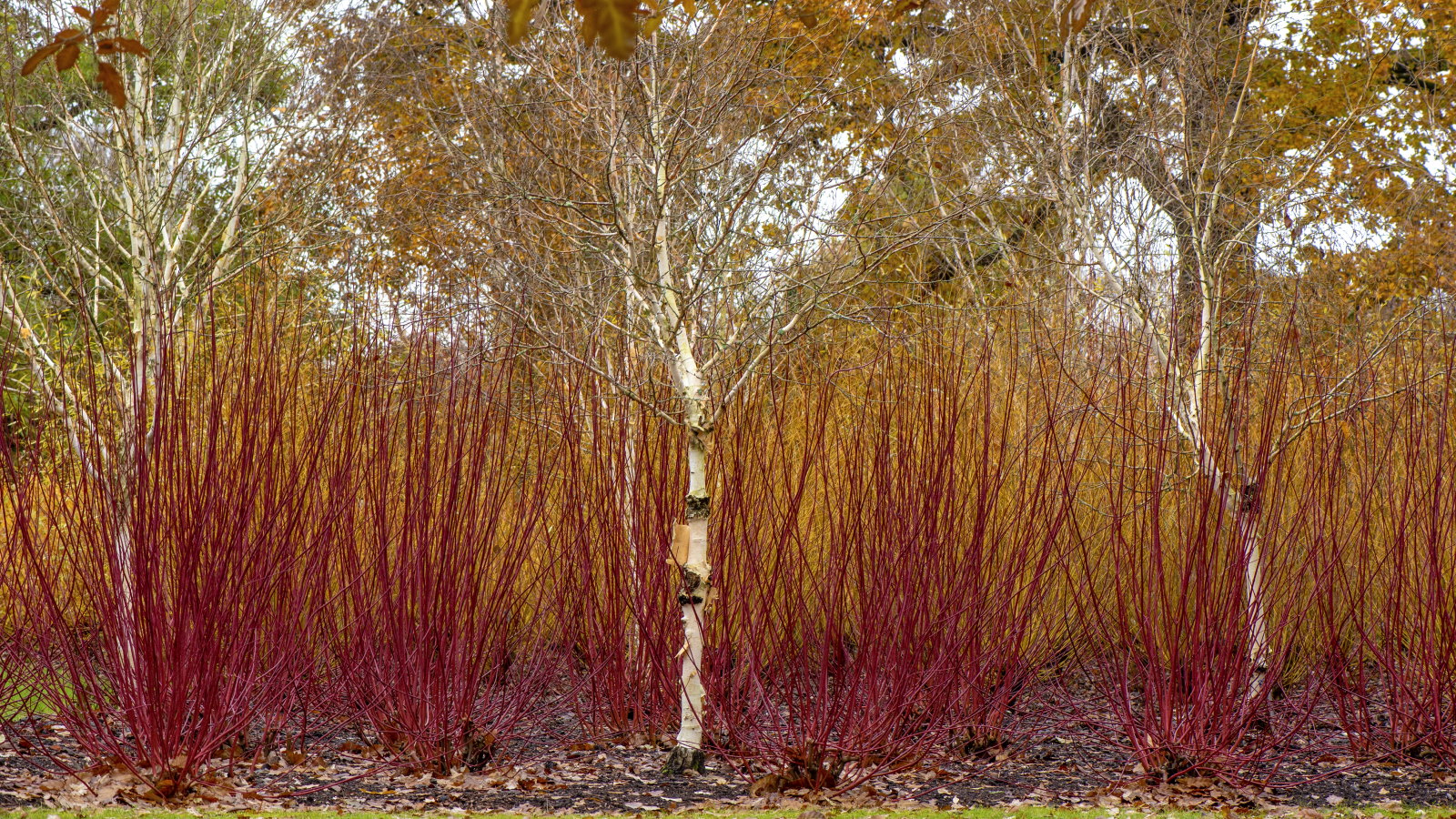 How to coppice trees and shrubs – and the 5 species that will benefit from this historical and super simple pruning technique
How to coppice trees and shrubs – and the 5 species that will benefit from this historical and super simple pruning techniqueCoppicing has aesthetic and practical benefits in a garden
By Drew Swainston Published
-
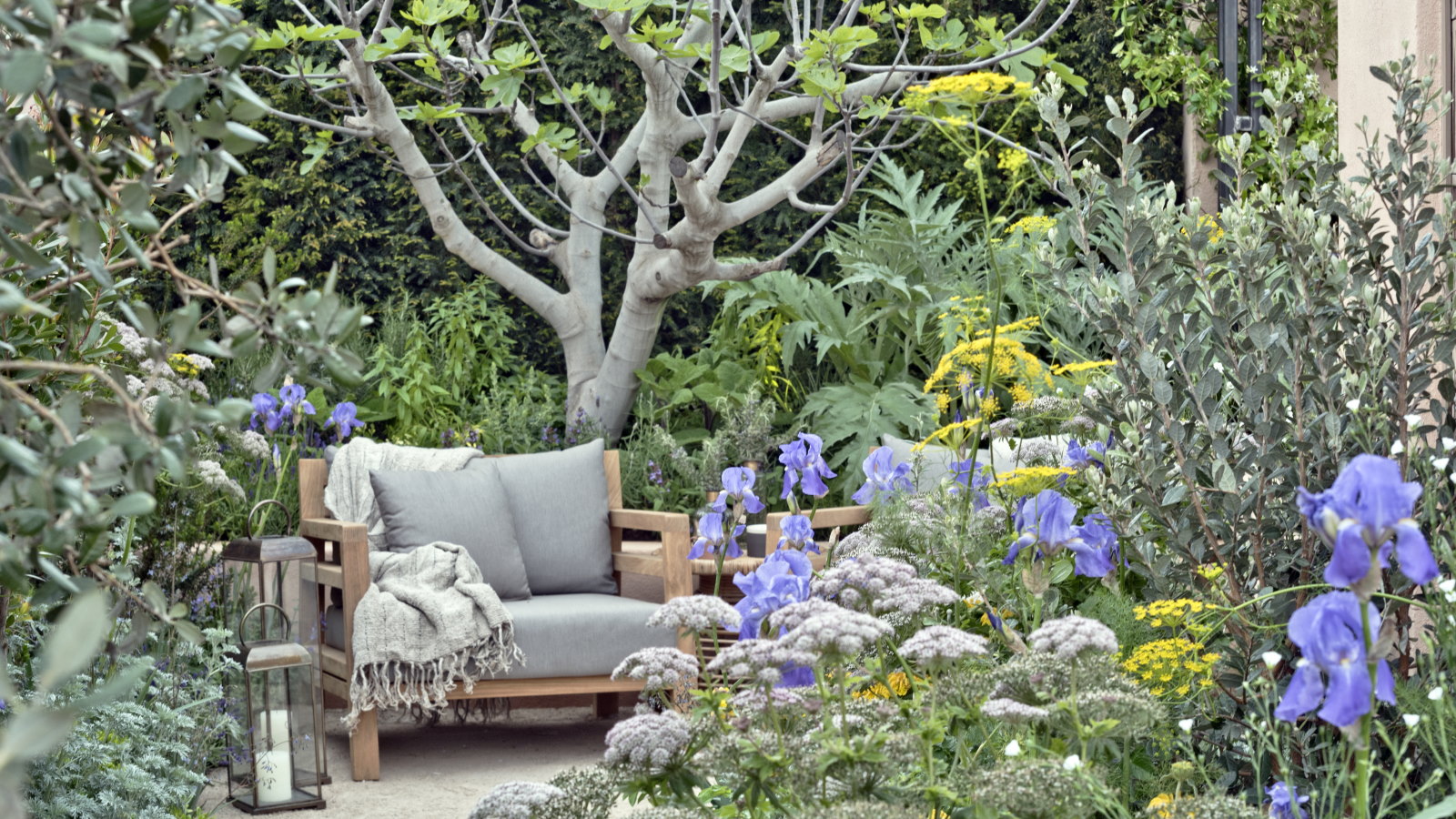 Horticulturists urge you to prune these 7 plants in April – for healthy growth and better-than-ever flowering displays
Horticulturists urge you to prune these 7 plants in April – for healthy growth and better-than-ever flowering displaysDiscover a key selection of plants to cut back this month, with expert pruning advice
By Drew Swainston Published
-
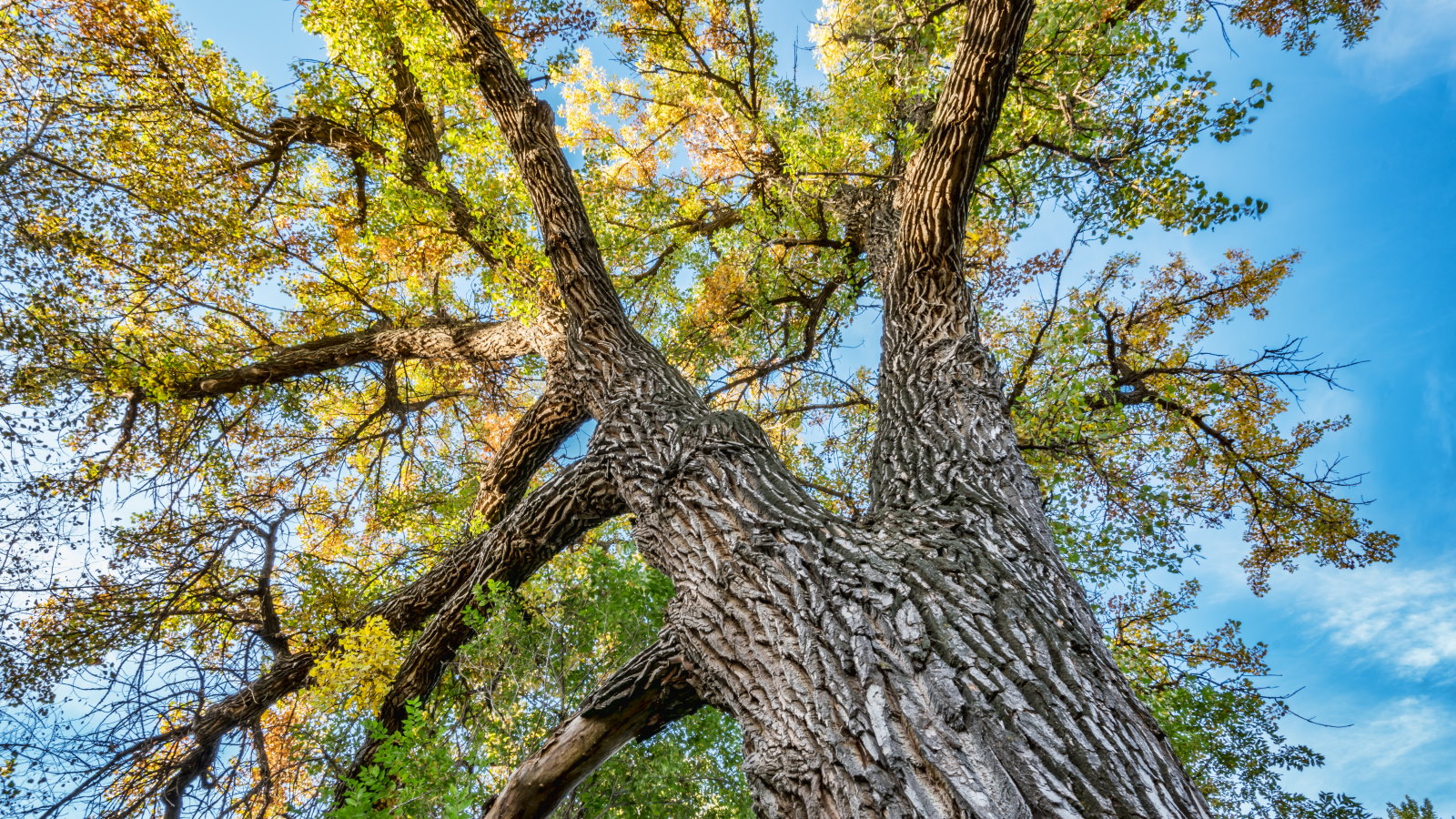 Safety is the number one reason to prune a cottonwood tree – an arborist reveals the best trimming routine to follow
Safety is the number one reason to prune a cottonwood tree – an arborist reveals the best trimming routine to followWhen and how to prune young and established cottonwoods
By Drew Swainston Published
-
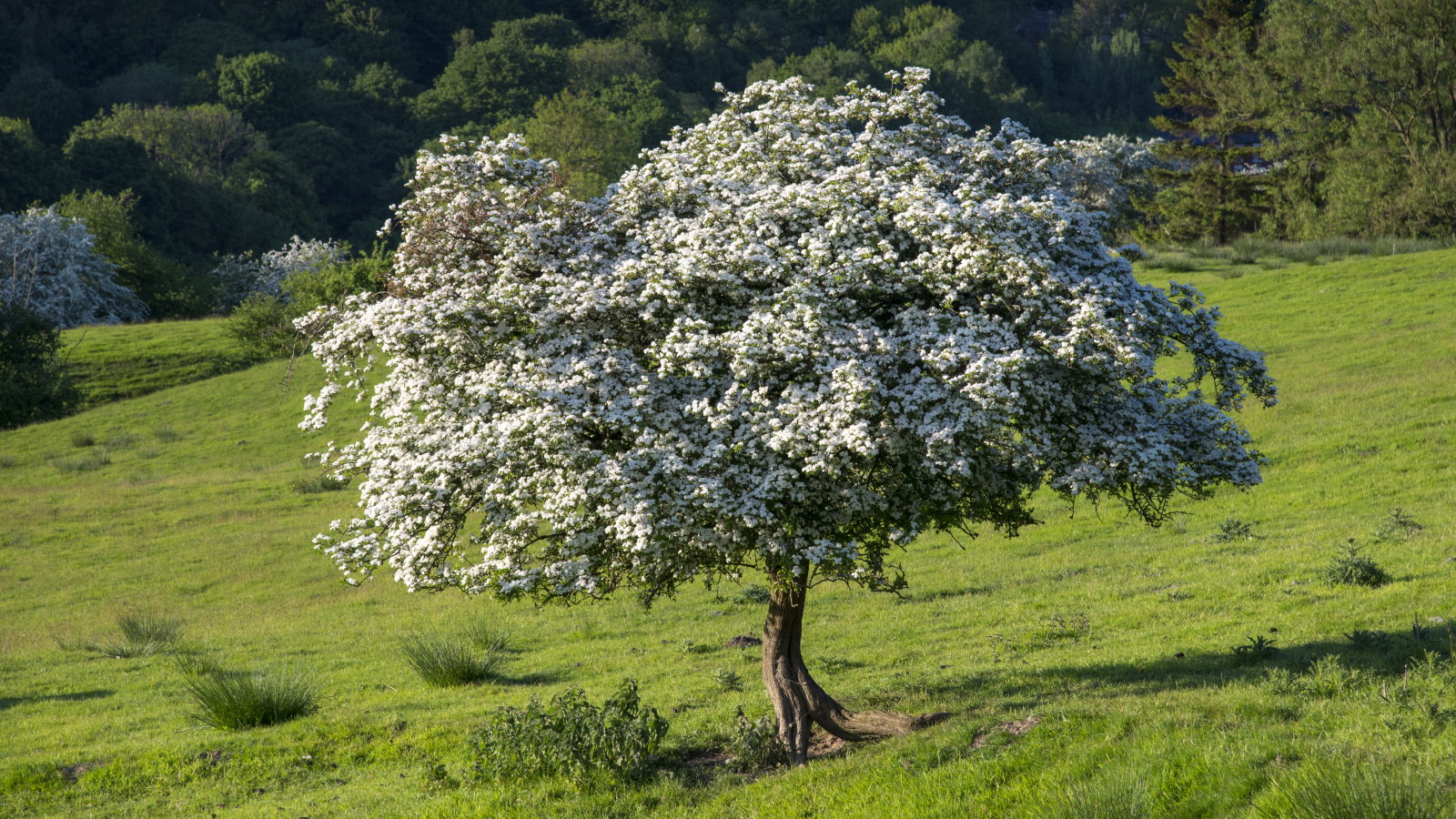 Now is the time to prune hawthorn trees to keep them healthy and attractive – 5 expert-recommended steps to follow for proper trimming
Now is the time to prune hawthorn trees to keep them healthy and attractive – 5 expert-recommended steps to follow for proper trimmingAvoid unnecessarily stressing your trees by pruning at the right time and not getting carried away
By Drew Swainston Published
-
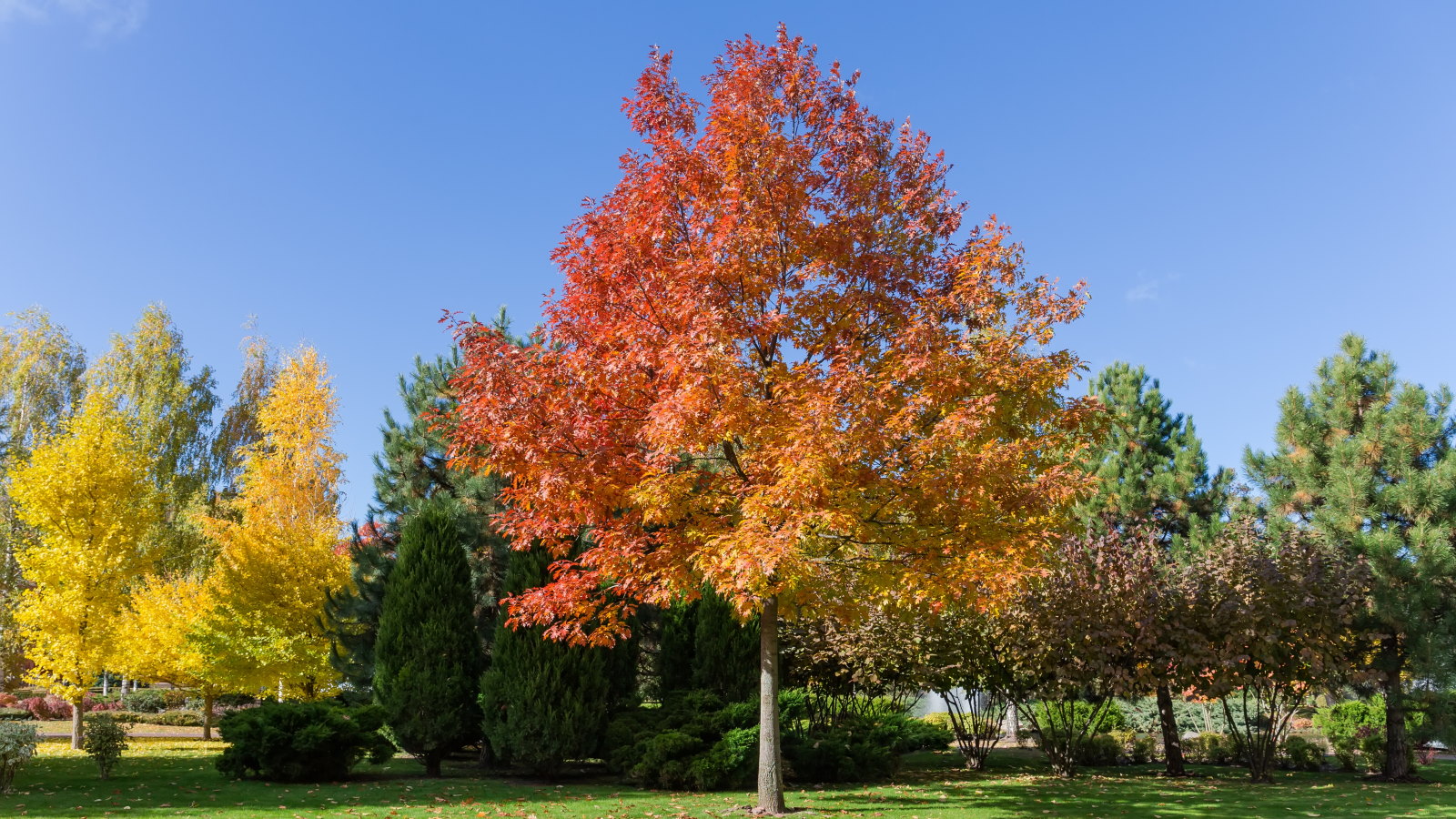 This is your last chance to prune oak trees to avoid a potentially fatal disease that can kill trees within months, arborists reveal
This is your last chance to prune oak trees to avoid a potentially fatal disease that can kill trees within months, arborists revealStay safe and discover what you can prune at different times of the year
By Drew Swainston Published
-
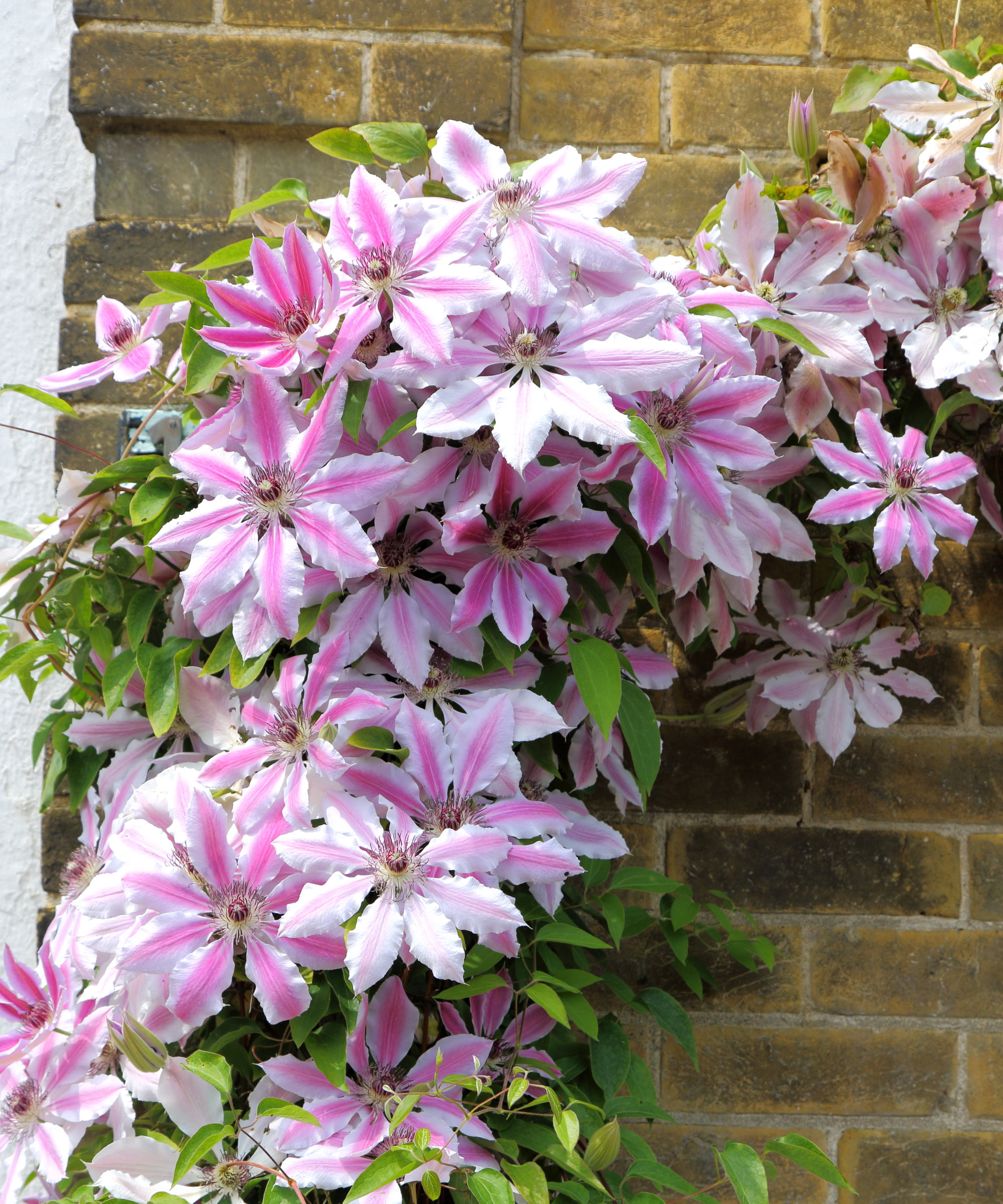 Expert horticulturists reveal 5 clematis pruning mistakes to avoid if you want spectacular floral displays
Expert horticulturists reveal 5 clematis pruning mistakes to avoid if you want spectacular floral displaysWhy you need to prune at the right time and not remove too much or too little
By Drew Swainston Published
-
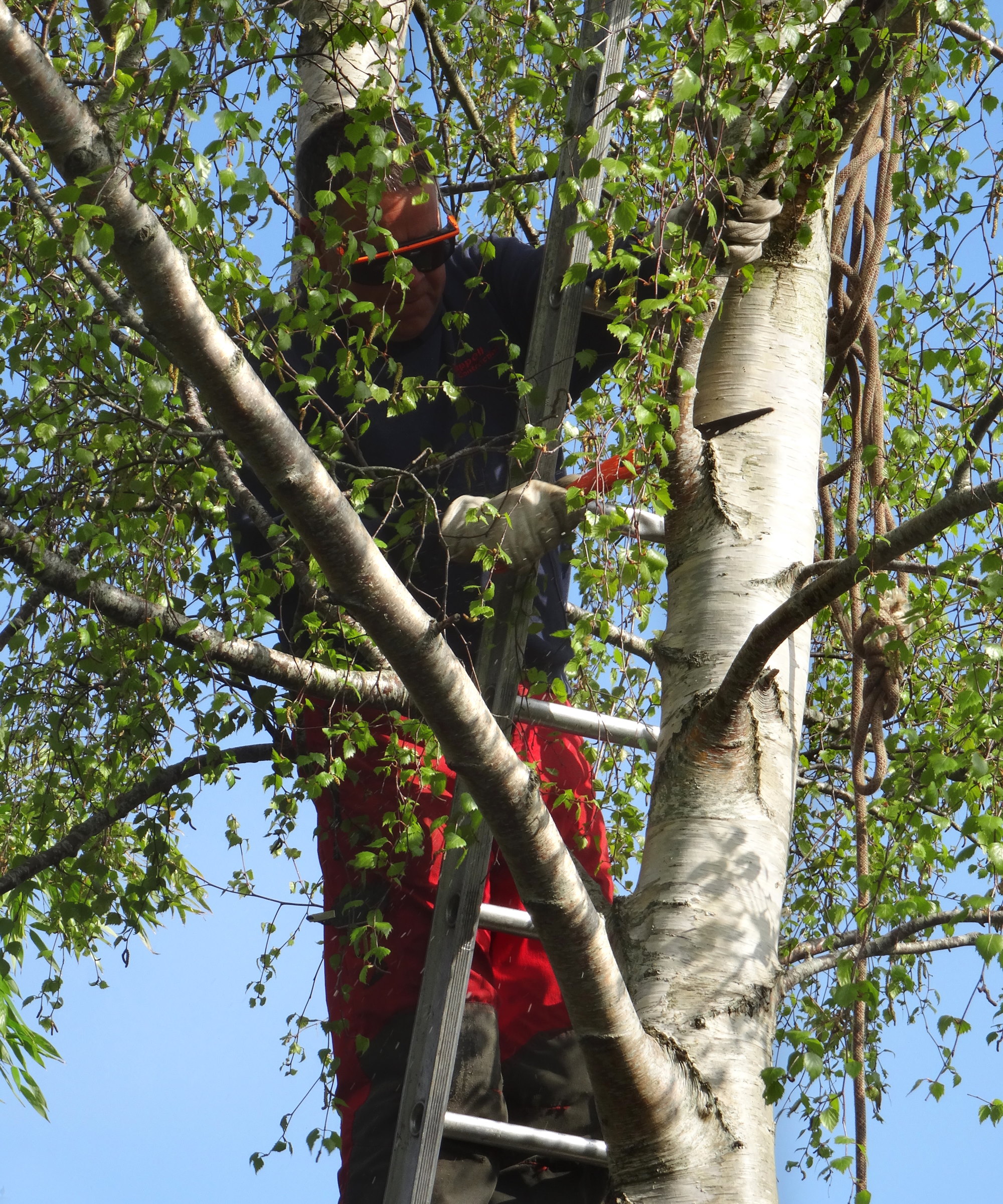 How to prune birch trees – arborists reveal 5 golden rules to follow and 3 things you should never do
How to prune birch trees – arborists reveal 5 golden rules to follow and 3 things you should never doAggressive pruning can be fatal to birch trees – here is how to avoid it
By Drew Swainston Published
-
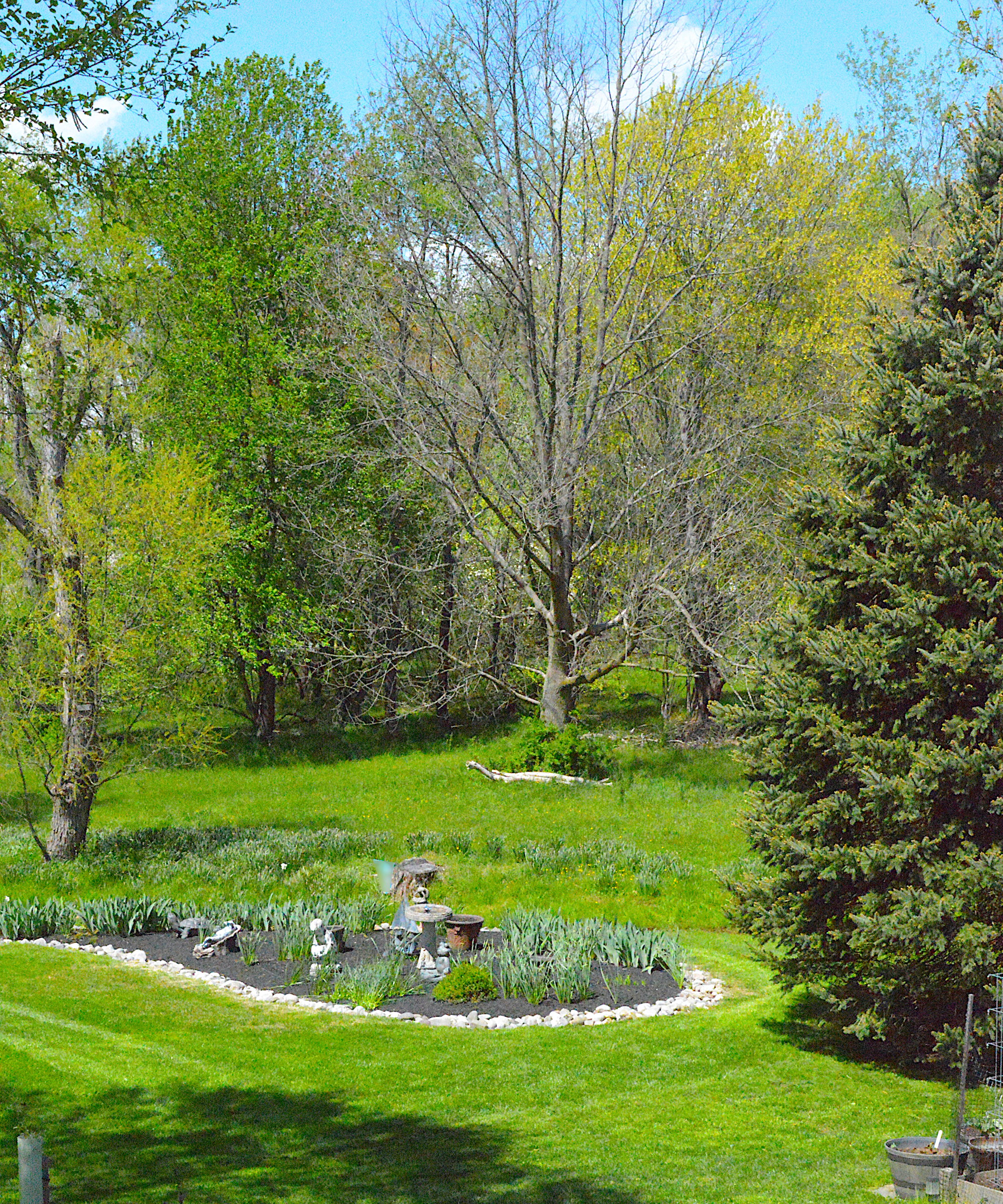 There's still time to prune deciduous trees this month – expert trimming advice for 9 of the most popular backyard trees
There's still time to prune deciduous trees this month – expert trimming advice for 9 of the most popular backyard treesThese trees will benefit from pruning in February with our handy guide
By Drew Swainston Published
